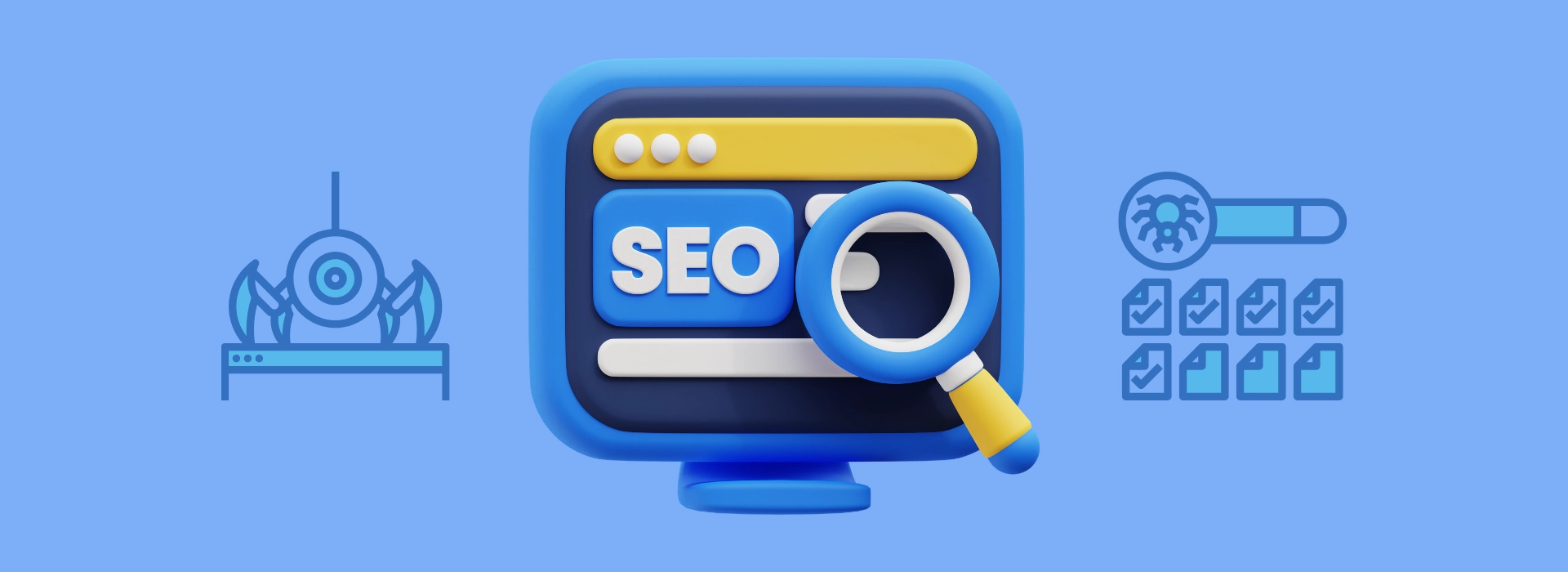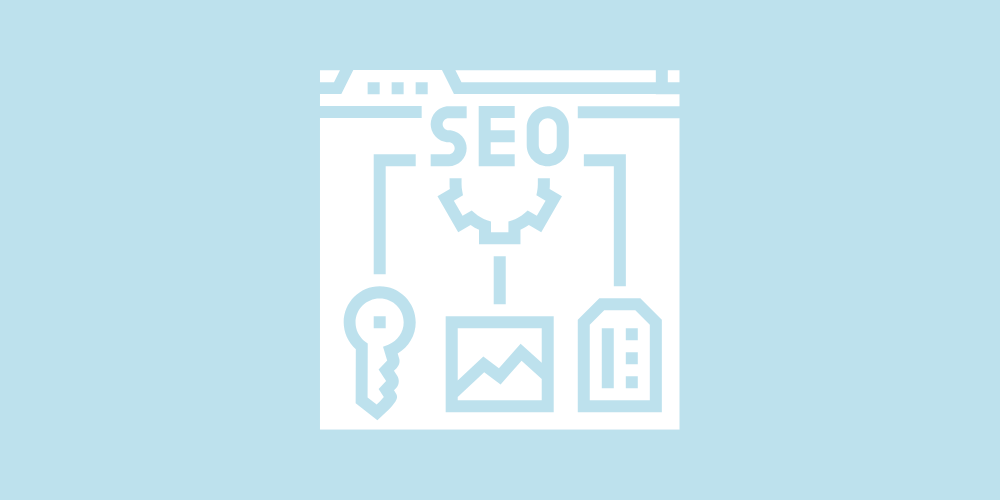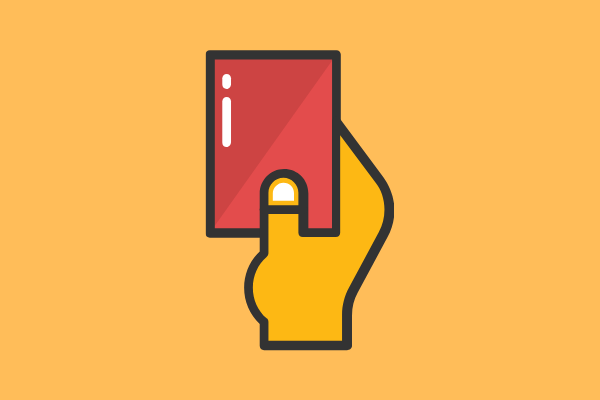Last Updated on 1 year ago by
When it comes to enhancing your online presence, the term ‘crawl budget’ may not be the first thing that springs to mind, yet it’s a critical component for SEO success. The secret weapon for ensuring search engines favor your content over countless others can be a well-optimized crawl budget, a concept that an experienced SEO agency leverages to increase a site’s visibility and search ranking. This introductory discourse unpacks the essence of crawl budget optimization and its pivotal role in driving organic traffic, and therefore, bolstering the digital footprint of businesses in the virtual landscape.
Understanding the Basics of Crawl Budget
In the realm of SEO, the concept of a crawl budget forms a cornerstone for the understanding of how search engine bots interact with websites. At its core, this term pertains to the number of pages a search engine allocates its resources to crawl within a given timeframe. This crawl budget is determined by an array of factors that can either constrain or enhance the ability of bots to navigate through a site’s content efficiently. It’s imperative for website owners and SEO professionals to grasp the dynamics of it to optimize their site’s visibility in search engine results.
Search engine bots, such as those utilized by major search engines, prioritize the crawl budget based on perceived value and demand for fresh content. The discovery of new pages and the refreshing of existing content is the driving force behind these bots’ actions. Consequently, managing your website’s budget effectively means ensuring that the most significant and valuable content is readily accessible and that any changes or updates are indexed promptly.
Understanding the basics of a crawl budget sets the stage for comprehending why some pages may not appear as quickly as desired in search results, or why changes take time to be reflected. As we progress in optimizing for the budget, the aim is to enable search engine bots to make the best use of their allocated time on a site, favoring important pages that can improve overall SEO performance and, ultimately, a site’s rank on the search engine results pages (SERPs).
 Factors that Affect Your Website’s Crawl Budget
Factors that Affect Your Website’s Crawl Budget
Optimizing a website’s crawl budget is fundamental for search visibility and organic performance, and several critical factors need careful consideration to make the most of each visit from search engine bots. An understanding of these elements helps website owners and SEO professionals to tailor their optimization efforts and safeguard their websites from common pitfalls that hinder search engines’ crawling and indexing processes.
Site Architecture and Navigation
Effective site architecture is the backbone of any SEO-friendly website. It not only aids users in navigating a website seamlessly but also ensures that search engine bots can crawl the site efficiently. A well-designed site structure, with a logical hierarchy and clear navigation paths, allows for a more comprehensive crawl, ensuring that valuable content is discovered and indexed. It is crucial to avoid deep nesting of important pages as it can dilute crawl budget allocation, and search engines might miss indexing key content.
Website Speed and Performance
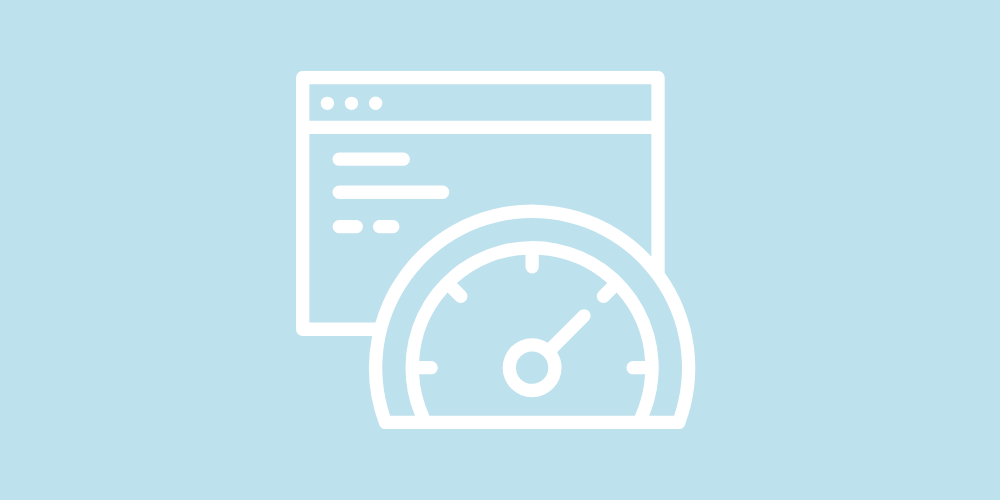 Website speed is a critical determinant of user experience and also influences how effectively search engine bots utilize a site’s crawl budget. Faster loading times mean search engine crawlers can navigate through more pages within their allocated budget, hence enhancing the probability of indexing more content. Ensuring top-notch website performance through optimized images, streamlined code, and reliable hosting solutions directly contributes to a more favorable crawl rate and, ultimately, a better indexation of a website’s content.
Website speed is a critical determinant of user experience and also influences how effectively search engine bots utilize a site’s crawl budget. Faster loading times mean search engine crawlers can navigate through more pages within their allocated budget, hence enhancing the probability of indexing more content. Ensuring top-notch website performance through optimized images, streamlined code, and reliable hosting solutions directly contributes to a more favorable crawl rate and, ultimately, a better indexation of a website’s content.
Duplicate Content Issues
Duplicate content presents a significant challenge in the realm of SEO and budget optimization. When search engine bots encounter substantial amounts of non-original or repeated content across a website, they expend valuable crawl budget on unnecessary pages. This leads not only to a waste of resources but also risks the potential of ranking penalties. Vigilance in identifying and resolving issues of duplicate content, through proper canonicalization and meta directives, ensures a website’s crawl efforts are concentrated on unique, high-quality content, thereby maximizing the efficiency of the budget.
Optimizing On-Page Elements to Improve Crawl Efficiency
When it comes to enhancing crawl efficiency, the optimization of on-page elements serves as a fundamental strategy. Correct use of meta tags, such as title tags and meta descriptions, is crucial, as they provide search engines with concise information about the theme and content of each page. This not only aids search engine bots in comprehending the relevance of the content but also can lead to improved click-through rates from search result pages.
Headings, including H1 to H6 tags, organize content and facilitate search engines in understanding the structure of a webpage. Properly used, they can act as signposts that direct search engine bots, improving the crawl efficiency of the site’s content. Equally important are the URLs; search engines prefer URLs that are descriptive and include keywords relevant to the page’s content, as this simplicity helps in the indexing process. Semantic URLs are not just user-friendly but also contribute to effective budget usage.
Lastly, internal linking is a potent on-page element that can significantly impact crawl efficiency. Links between pages on the same domain show how content is related and which pages are most valuable. This interlinking meshes the site together, thus ensuring that search engine bots can travel freely and efficiently across the entire domain. By integrating these on-page optimization techniques, webmasters can maximize their site’s crawl efficiency, thereby leveraging the full potential of their budget to boost overall SEO performance.
Maximizing Crawl Budget Through Technical SEO
The intricacies of technical SEO are fundamental in ensuring that a website’s crawl budget is used effectively, fostering a stronger presence in search engine results. To capitalize on the available budget, webmasters must give due attention to optimizing the ‘robots.txt’ file, a tool that informs search engine bots which areas of a site should or should not be accessed. Careful configuration of this file can prevent the crawling of non-essential pages, thereby conserving the budget for the content that truly matters.
Managing crawl frequency is another cornerstone of technical SEO. This involves an understanding of how often search bots visit pages and how this frequency can be adjusted to ensure that important updates are indexed swiftly while static pages are visited less frequently. This helps in reducing unnecessary load on server resources and ensures budget is allocated to fresh content that needs more attention.
Furthermore, implementing structured data markup is a strong signal to search engine bots, providing clarity on the context and nature of the site’s content. This makes it easier for bots to organize and index information, thus enhancing the effectiveness of the budget. Finally, proper handling of URL parameters through the use of canonical tags and parameter settings in webmaster tools helps prevent issues related to duplicate content, ensuring bots are not wasting crawl budget on identical or similar pages.
Through thoughtful application of these technical SEO practices, businesses can guide the focus of search engine bots, ensuring a more efficient use of the budget and potentially boosting online visibility.
How to Identify and Fix Crawl Errors
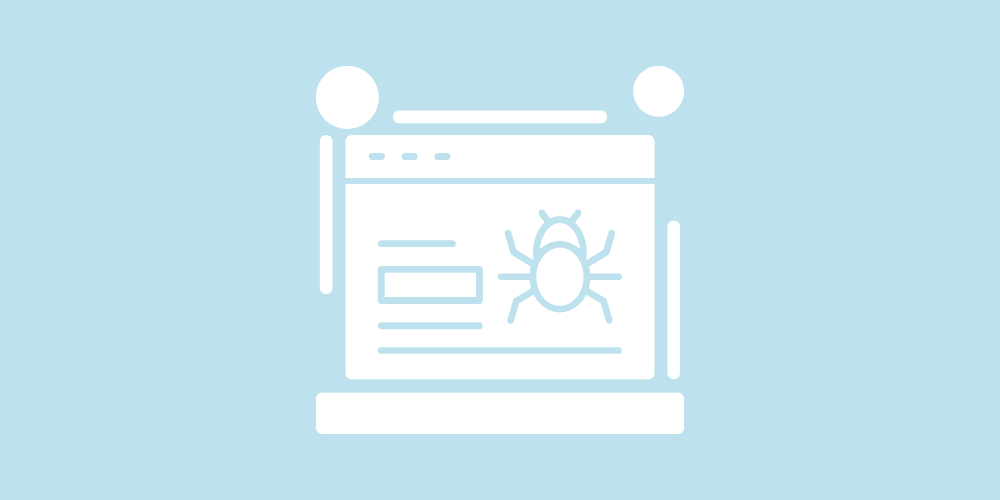 Navigating the complexities of SEO requires a vigilant eye on crawl errors, which can significantly hamper a website’s ability to be indexed correctly by search engines. Recognizing and resolving these crawl errors is critical for maintaining an unobstructed pathway for search engine bots. Utilizing tools like Google Search Console is a proven strategy for monitoring the crawl status of a website, providing invaluable insights into areas that need attention.
Navigating the complexities of SEO requires a vigilant eye on crawl errors, which can significantly hamper a website’s ability to be indexed correctly by search engines. Recognizing and resolving these crawl errors is critical for maintaining an unobstructed pathway for search engine bots. Utilizing tools like Google Search Console is a proven strategy for monitoring the crawl status of a website, providing invaluable insights into areas that need attention.
Google Search Console provides a comprehensive interface for webmasters to check their website’s crawl status and identify crawl errors. These errors may include broken links, leading to 404 pages, complicated redirect loops, or severe server errors, all of which can exhaust precious budget and reduce a website’s visibility. Through diligent monitoring and timely intervention, webmasters can use the insights derived from Google Search Console to maintain a healthy site indexation.
Once crawl errors are detected, the next step involves rectifying these issues promptly. Fixing broken links, correcting redirects, and ensuring server stability are amongst the recommended actions to restore the crawl status to an optimal state. Enhancing crawlability not only boosts a site’s health in the eyes of search engine bots but also contributes to better user experience—a win-win for SEO and site functionality.
The Role of Sitemap Optimization in Managing Crawl Budget
When it comes to enhancing a website’s budget, sitemap optimization emerges as a pivotal factor. The careful crafting of an XML sitemap not only ensures that search engines can intelligently navigate through a site’s content but also prioritizes the pages significant for business objectives. Further refining crawl efficiency involves astute modifications to the robots.txt file, effectively orchestrating the crawl direction and preventing search engine bots from squandering resources on less critical areas of the site. Moreover, tactical application of the noindex tag can shield content that should remain uncrawled, thereby conserving the budget for content that truly merits indexing.
Creating an Effective XML Sitemap
Creating an effective XML sitemap demands a strategic approach to include essential pages while ensuring that the overarching site hierarchy guides search engine bots efficiently. This level of sitemap optimization allows for a more accurate depiction of the site’s structure, facilitating ease of access to content-rich and value-laden pages which enhances the overall indexing process.
Utilizing Robots.txt for Better Crawl Direction
 The robots.txt file serves as a directive to search engine bots, signaling which parts of the site should be accessed or ignored. Optimizing this file to reflect the desired crawl direction is critical in managing a site’s crawl budget effectively. It enables webmasters to prevent search engines from wasting resources on irrelevant sections, such as admin areas or duplicate pages, thus funneling the crawl budget towards more impactful content.
The robots.txt file serves as a directive to search engine bots, signaling which parts of the site should be accessed or ignored. Optimizing this file to reflect the desired crawl direction is critical in managing a site’s crawl budget effectively. It enables webmasters to prevent search engines from wasting resources on irrelevant sections, such as admin areas or duplicate pages, thus funneling the crawl budget towards more impactful content.
Strategic Use of the noindex Tag
Integrating the noindex tag into a site’s SEO strategy is a powerful move to conserve crawl budget. By marking specific pages with this tag, it signals to search engine bots to omit these from the index, preserving the budget for content that aligns with the website’s core purpose and enhances its online presence. It’s a strategic step in ensuring that every page crawled contributes to the site’s SEO success and business goals.
Crawl Budget: Ensuring Your Most Important Pages are Indexed
To capitalize on your site’s crawl budget, it is imperative to prioritize the indexing of your most significant and high-value pages. Search engines devote a specific portion of their resources to crawl your site, hence why ensuring that these pages stand front and center in the indexing process is crucial for your SEO performance.
Prioritization of High-Value Pages
High-value pages, such as your home page and key landing pages, ought to be given utmost precedence in your crawl budget strategy. These pages are often the ones visitors first encounter and can determine the success of your business objectives. Properly signaling their importance to search engine bots through sitemaps and server responses can boost their visibility in search results.
Internal Linking Strategies
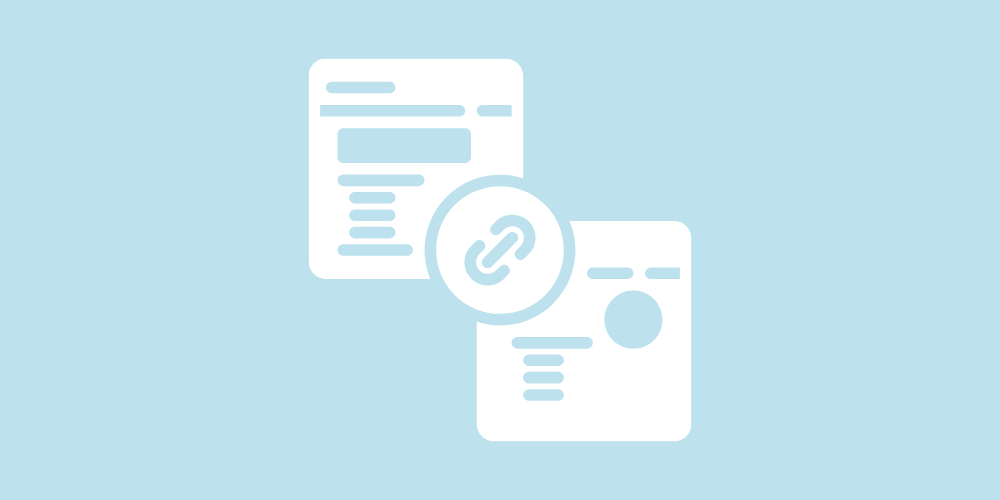 Internal linking not only enhances user navigation but also fortifies the crawlability of your website. By establishing a coherent structure of links, you are, in essence, creating pathways that guide search bots towards your most valuable content. Compelling internal linking can distribute page authority throughout your site and anchor the crawl paths to foster thorough indexing.
Internal linking not only enhances user navigation but also fortifies the crawlability of your website. By establishing a coherent structure of links, you are, in essence, creating pathways that guide search bots towards your most valuable content. Compelling internal linking can distribute page authority throughout your site and anchor the crawl paths to foster thorough indexing.
Controlling Crawl Depth and Frequency
Managing the crawl depth and crawl frequency is also instrumental in optimizing crawl budget allocation. These tactics involve calibrating how deep and how often search engine bots will crawl your site. Striking the right balance can prevent waste of the budget on less significant pages and ensure that bots delve into the vital areas of your site with appropriate frequency.
The Importance of Crawl Budget for SEO Success
Various factors from site structure and speed to eliminating duplicate content are pivotal in optimizing for an efficient crawl. By ironing out crawl errors, implementing a methodical approach to technical SEO, and perfectly crafting sitemaps and internal link strategies, site administrators and SEO professionals can directly influence their website’s crawl budget. The cumulative effect of these measures is a sleeker, more accessible site for search engine bots to index, an endeavor that directly correlates with a heightened online presence and website visibility.


